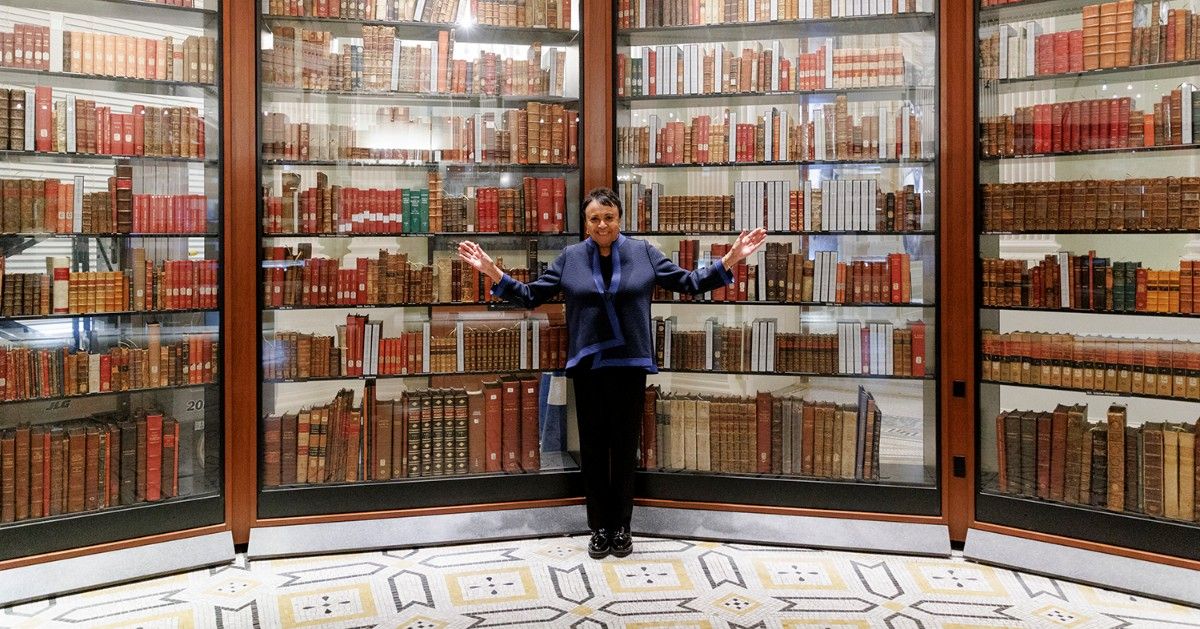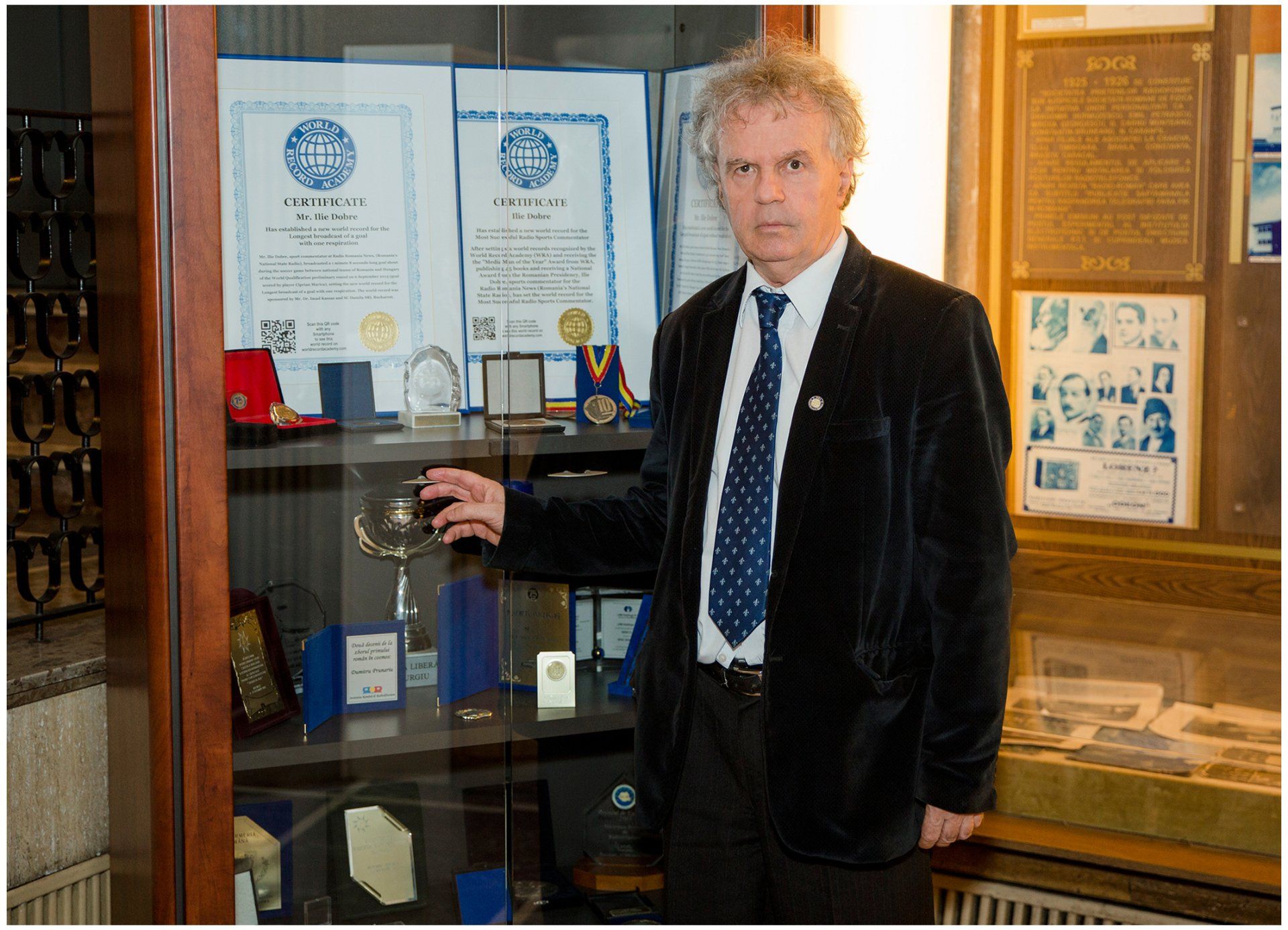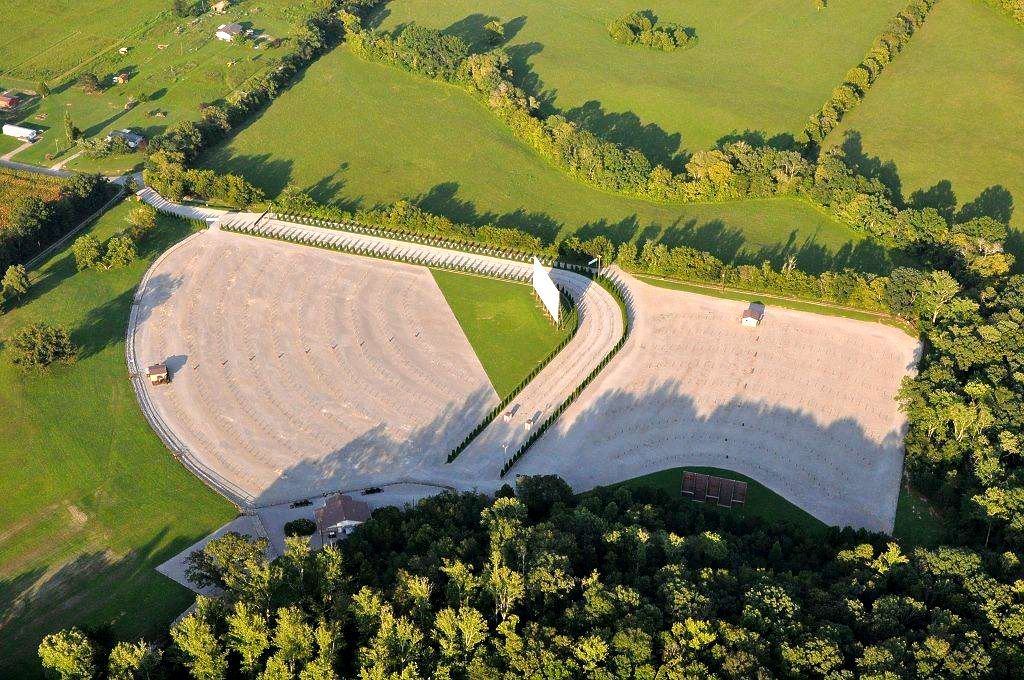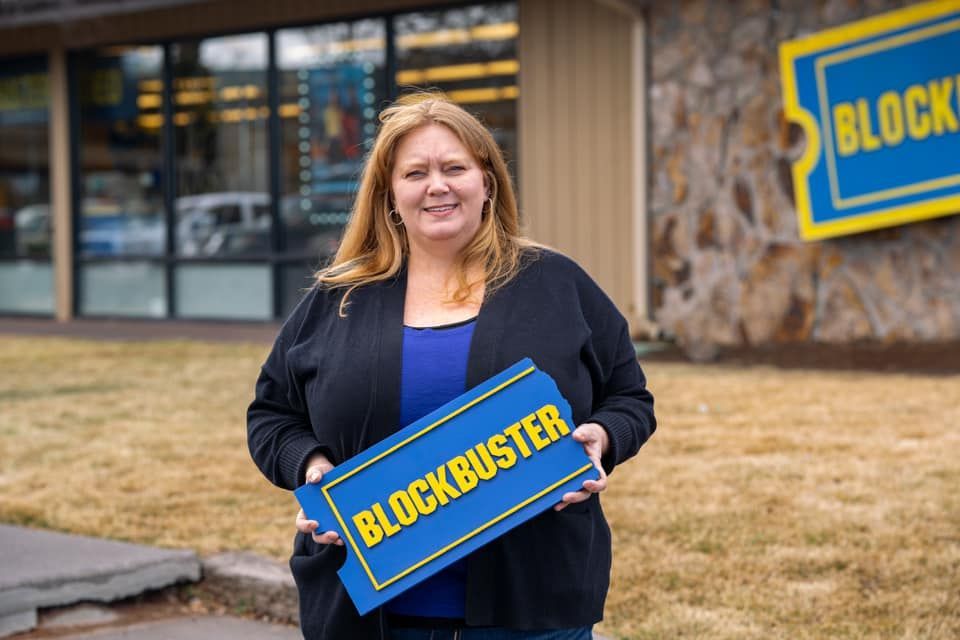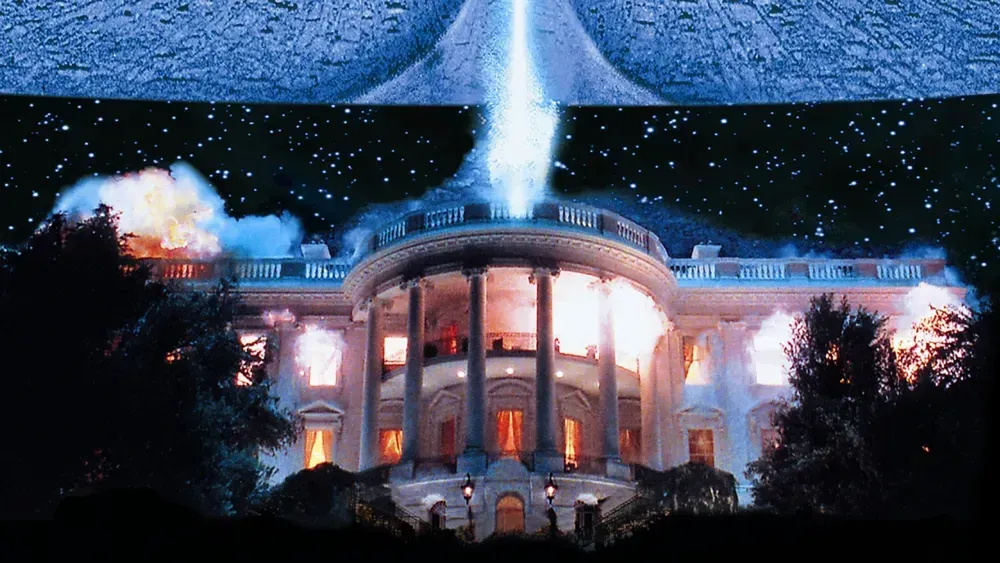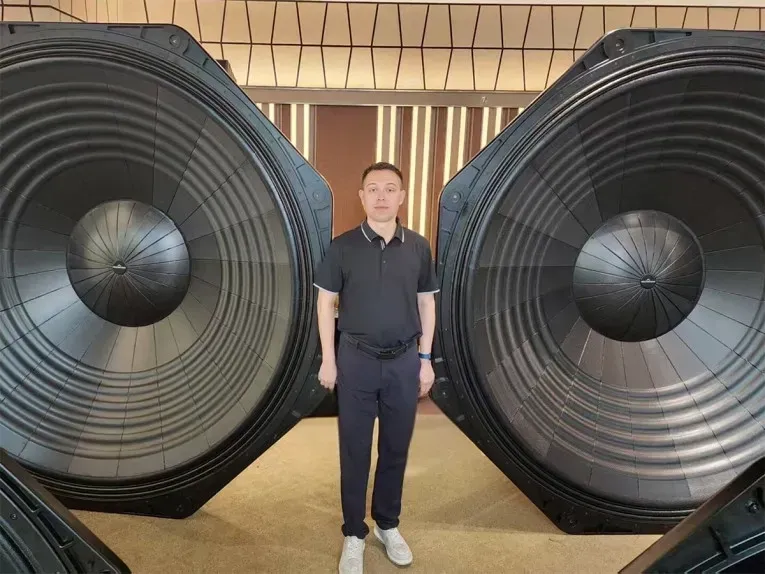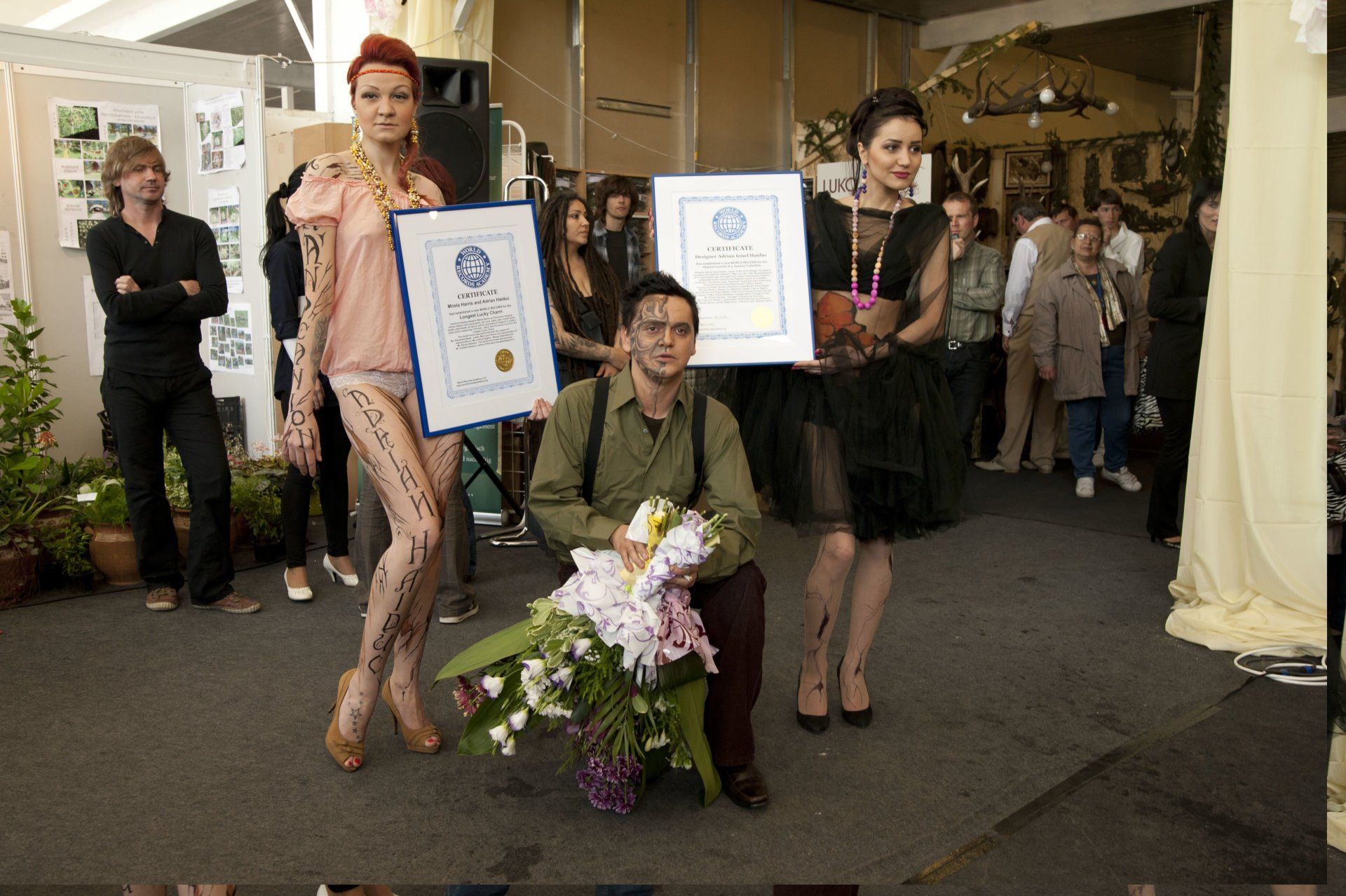World’s largest collection of audio-visual works, The Library of Congress sets world record

Culpeper, Virginia, United States--The National Audio-Visual Conservation Center (NAVCC), a branch of the Library of Congress devoted to preserving the United States' audio-visual history, includes the Packard Campus (PCAVC), opened to store the then entire 6.3 million piece collection of the Library's movie, television, and sound artifacts, sets the world record for the World’s largest collection of audio-visual works, according to the WORLD RECORD ACADEMY.

"The Library of Congress holds the world’s largest and most comprehensive collection of audio-visual works, over 6.2 million moving images, sound recordings and related documents. (The Library of Congress)
The collections include:
- 1.2 million moving image collection items: theatrical films and newsreels, television programs, educational, industrial and advertising material.
- Nearly 3 million audio collection items: commercial sound recordings, radio broadcasts, and early voice recordings of historical figures.
- Over 2 million supporting documents, screenplays, manuscripts, photographs, posters, and press kits.
"The Recorded Sound Reference Center provides access to the commercial and archival audio holdings of the Library of Congress. The collection dates from 1926 when Victor Records donated over 400 discs to the Library's Music Division to supplement its print and manuscript holdings. In the custody of the Motion Picture Broadcasting and Recorded Sound Division since 1978, the collection has grown to include over 2 million items encompassing audio formats from cylinders to CDs.
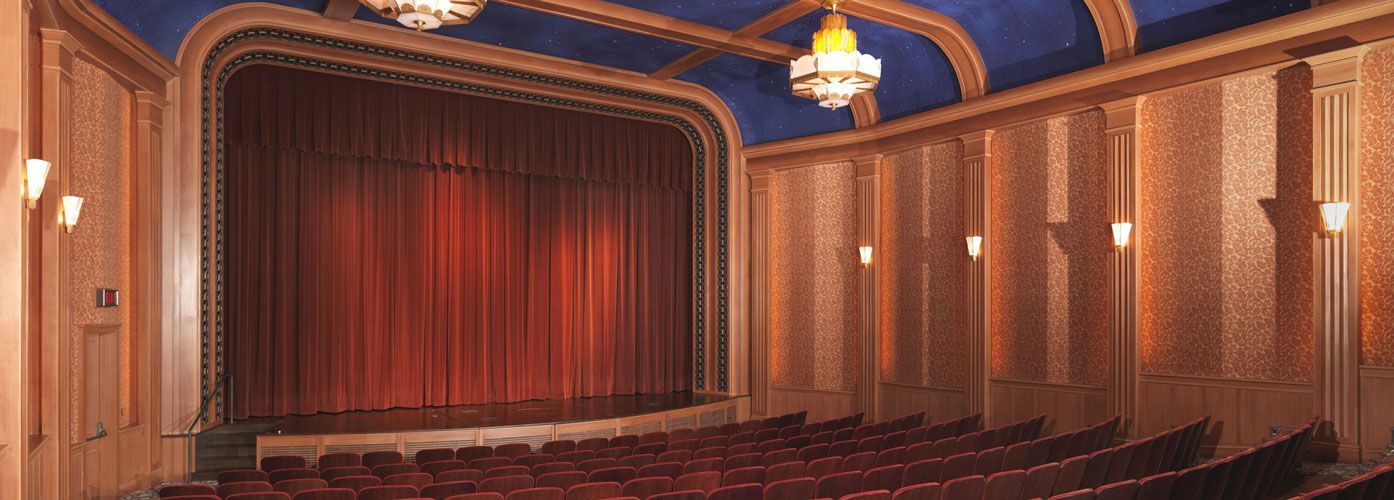
"Moving Images Research Center
"The Library of Congress began collecting motion pictures in 1893 when Thomas Edison and his brilliant assistant W. K. L. Dickson deposited the Edison Kinetoscopic Records for copyright. However, because of the difficulty of safely storing the flammable nitrate film used at the time, the Library retained only the descriptive material relating to motion pictures.
"In 1942, recognizing the importance of motion pictures and the need to preserve them as a historical record, the Library began the collection of the films themselves. From 1949 on these also included films (and later video) made for television. Today the Motion Picture, Broadcasting and Recorded Sound Division (MBRS) has responsibility for the acquisition, cataloging and preservation of the motion picture and television collections.
"The Division operates the Motion Picture and Television Reading Room to provide access and information services to an international community of film and television professionals, archivists, scholars and researchers." (The Library of Congress)
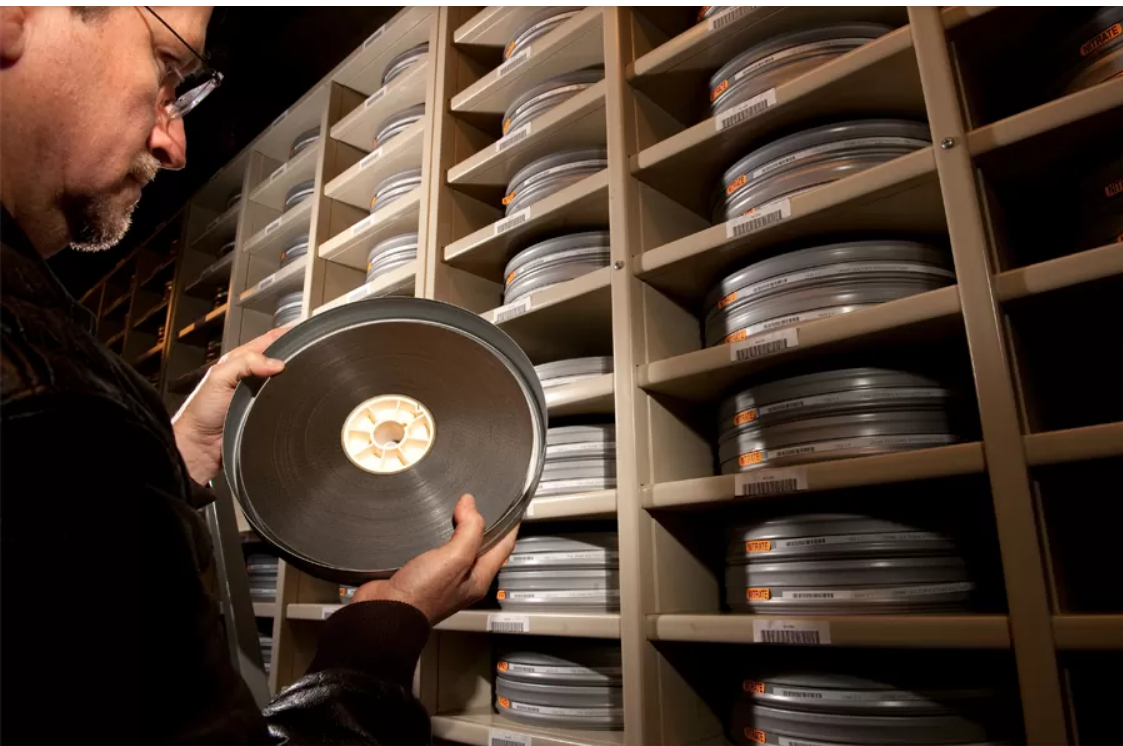
"The largest collection of moving images and sound recordings is held by the Library of Congress, with over 6.2 million items of films, television, and recorded sound, along with millions of supporting documents and manuscripts. These vast archives are preserved and made accessible through the National Audio-Visual Conservation Center (NAVCC) in Culpeper, Virginia, ensuring the preservation of the nation's and the world's audio-visual heritage.
Key Aspects of the Collection
- Comprehensive Scope: The collection covers the entire history of filmmaking and sound recording, from the earliest moving pictures and commercial sound discs to contemporary digital formats.
- Moving Images: This includes theatrical films, newsreels, television programs, educational and industrial materials, and even video games.
- Sound Recordings: The collection encompasses a wide variety of formats, such as cylinders, commercial sound recordings, radio broadcasts, and early voice recordings.
- Supporting Materials: Complementing the audio-visual materials are millions of related documents, including screenplays, manuscripts, photographs, posters, and copyright records. (AI Overview)
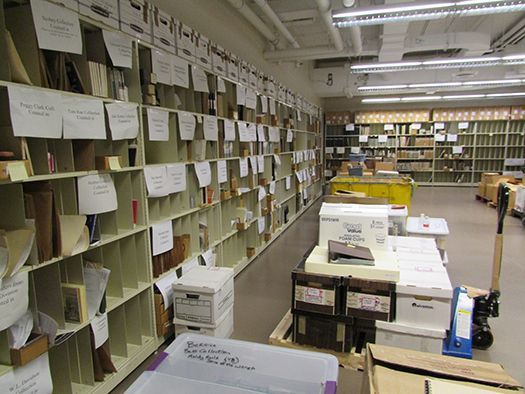
"Preservation and Access
- National Audio-Visual Conservation Center (NAVCC): The Library of Congress's dedicated center for the storage and preservation of these materials.
- Climate-controlled vaults: Materials are stored in specialized, temperature- and humidity-controlled vaults to ensure their long-term preservation.
- Research Centers: The public can access information about these collections through the Library's Moving Image Research Center and Recorded Sound Research Center.
- Digitalization Efforts: The Library is actively digitizing its collections to make them widely accessible to a broad audience for educational and research purposes. (AI Overview)
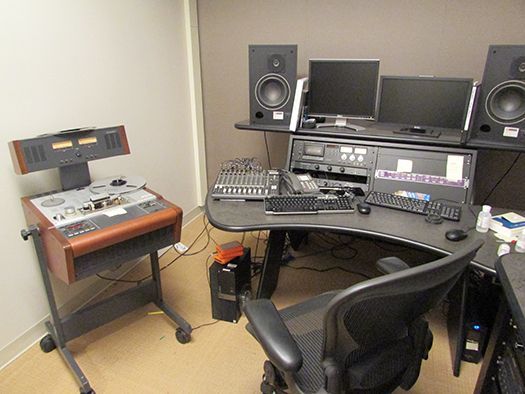
"The National Archives is an independent agency of the United States government charged with preserving and providing access to the permanent records of the federal government," the
National Archives says.
"The Moving Image and Sound holdings in College Park, Maryland, are vast and diverse, spanning more than:
520,400 Film Reels
312,066 Sound Recordings
170,925 Video Recordings
"You can find additional Motion Pictures materials in the Presidential Libraries."
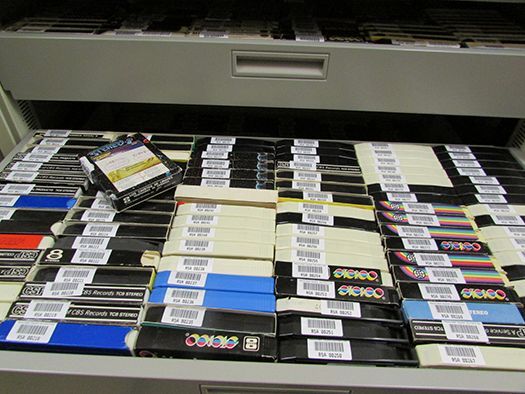
"Set on a beautiful 45 acre campus with stunning architectural design and landscaping, the Packard Campus of the National Audio-Visual Conservation Center is a state-of-the-art facility where the Library of Congress acquires, preserves and provides access to the world’s largest and most comprehensive collection of films, television programs, radio broadcasts, and sound recordings," The Library of Congress says.
"The Campus has globally unprecedented capabilities and capacities for the preservation reformatting of all audiovisual media formats (including obsolete formats dating back 100 years) and their long-term safekeeping in a petabyte-level digital storage archive. In addition to preserving the collections of the Library, the Packard Campus was also designed to provide similar preservation services for other archives and libraries in both the public and private sector.
"The physical description of the Campus is impressive enough—415,000 square feet, more than 90 miles of shelving for collections storage, 35 climate controlled vaults for sound recording, safety film, and videotape, 124 individual vaults for more flammable nitrate film—but it is also a "factory" for acquisitions, preservation, access, and partnerships. For example, the Campus features an off-air recording room to enable off-broadcast, off-cable, off-satellite capture of hundreds of channels of audiovisual content."
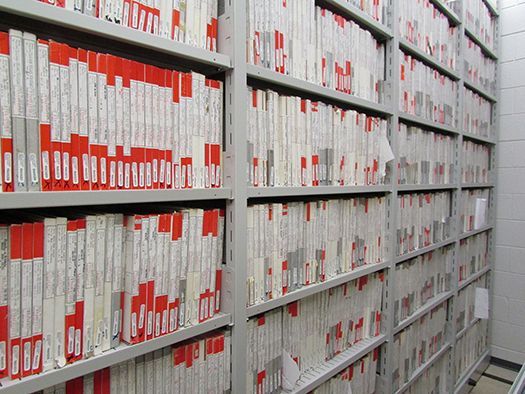
"The National Audio-Visual Conservation Center (NAVCC) is a branch of the Library of Congress devoted to preserving the United States' audio-visual history.
"It includes the Packard Campus (PCAVC), opened in 2007 to store the then entire 6.3 million piece collection of the Library's movie, television, and sound artifacts, the Center's largest facility; the Library's Motion Picture and Television Division and Recorded Sound Division reference centers on Capitol Hill; the Mary Pickford Theater; and any other Library of Congress audio-visual storage facilities that remain outside the Packard Campus audiovisual archive located inside Mount Pony in Culpeper, Virginia.
"Technically, the Packard Campus (PCAVC) is just the largest part of the whole National Audio-Visual Conservation Center (NAVCC), which also consists of the Library of Congress's Motion Picture and Television Division and Recorded Sound Division reference centers on Capitol Hill, the Mary Pickford Theater, and any other Library of Congress audio-visual storage facilities that remain outside the Packard Campus." (Wikipedia)
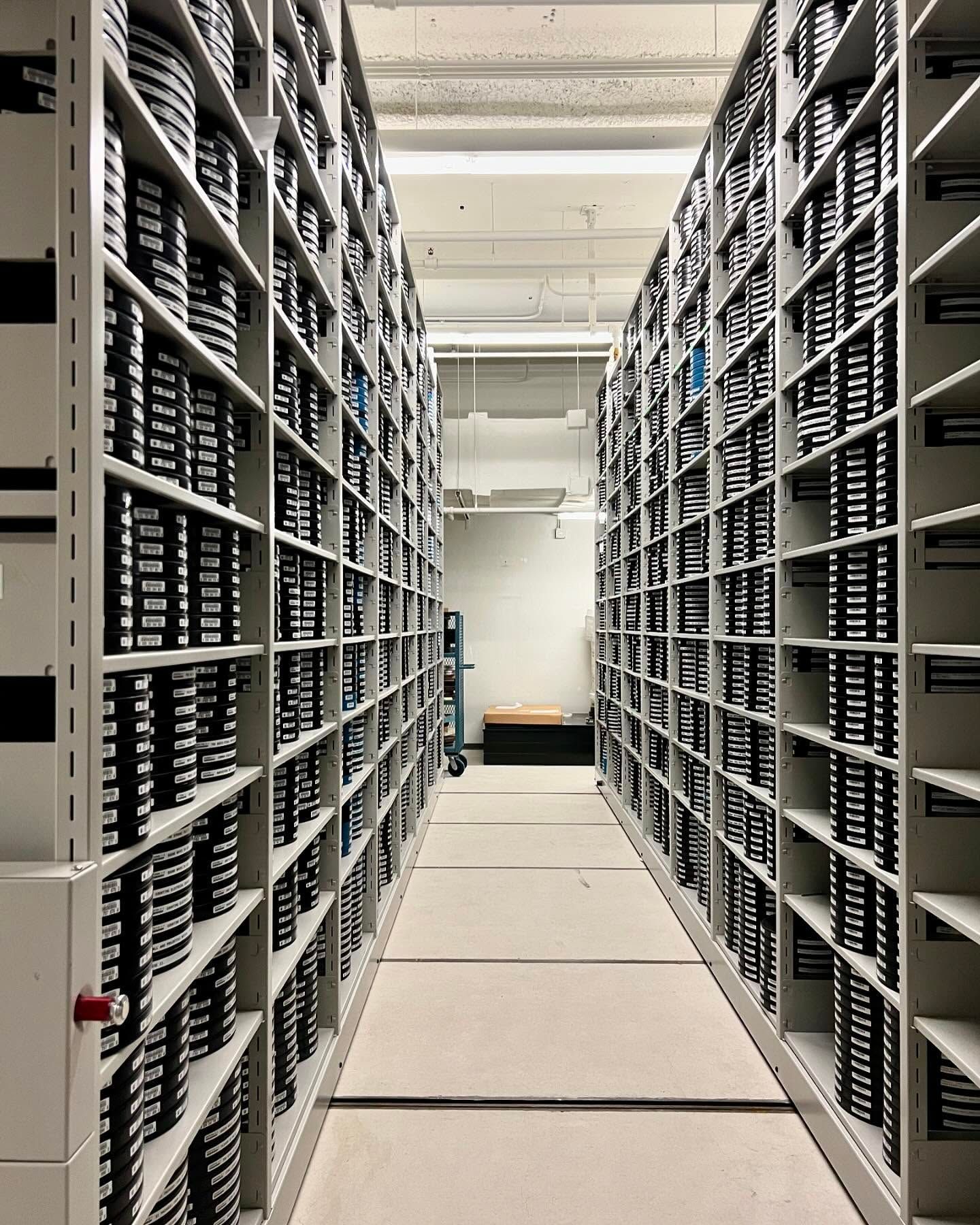
"Audio-Visual Conservation at the Library of Congress Packard Campus. Located at the foothills of the Blue Ridge Mountains in Culpeper, Virginia, the Library's Packard Campus of the National Audio-Visual Conservation Center provides underground storage for this entire collection on 90 miles of shelving, together with extensive modern facilities for the acquisition, cataloging and preservation of all audio-visual formats," The Library of Congress says.
"The Library is home to more than 1.1 million film, television, and video items. With a collection ranging from motion pictures made in the 1890s to today's TV programs, the Library's holdings are an unparalled record of American and international creativity in moving images.
"The Library of Congress holds the nation's largest public collection of sound recordings containing music, spoken word and radio broadcasts, nearly 3.5 million recordings in all. Over 110 years of sound recordings history is represented in nearly every audio format, from cylinders to CDs, covering a wide range of subjects and genres in considerable depth and breadth."
"The Moving Images and Sound Branch of the National Archives (Archives II) in College Park, Maryland, holds about a million items. The government-produced collections of edited films and outtakes focus on wars from World War I to Vietnam, the Great Depression, agriculture, National Parks, and overseas aid and information programs," the International Documentary Association says.
"Non government collections include huge numbers of newsreels and outtakes, early educational films, some television interview series, and many small donations from individuals. Only eight percent of their film and video holdings can be viewed online. The NARA database for this collection is on the item level, meaning 200,000 are described, but just 35,000 have a viewing copy as part of their database description.
"About 5,000 additional viewing copies can be found on the NARA YouTube channel. Although 40,000 sounds like a lot of possibilities, the viewable films tend to be government productions. The most popular collection for filmmakers is the 1929–1967 Universal Newsreels (given to NARA with all rights). While about 4,000 newsreels exist online, you can view just 86 of them and none of the almost 1,000 hours of outtakes."
"The Packard Campus of the National Audio-Visual Conservation Center is located on 45 acres near Culpeper, Virginia, 75 miles southwest of Washington, D.C.," the Architect of the Capitol says.
"The facility houses 6.3 million collection items (1.2 million moving image, 3 million recorded sound, 2.1 million supporting scripts, posters, photos, etc.) in a state-of-the-art storage environment, including below-freezing for film masters. There are nearly 90 miles of shelving for sound and moving image collections and 124 nitrate film vaults, the largest in the western hemisphere. It is fully equipped to play back and preserve all antique film, video and sound formats. It is the first archive to preserve digital content at the petabyte (1 million gigabyte) level.
"The entire campus includes 415,000 square feet of useable space in four buildings:
- Collections Storage Building for all recorded sound, safety film and video tape collections (135,000 SF)
- Conservation Building for all staff and the sound, video and film reformatting laboratories (175,000 SF)
- Nitrate Vaults built to exacting fire codes for the storage of pre-1951 films surviving on nitrate stock (55,000 SF)
- Central Plant for mechanical, electrical and HVAC systems (50,000 SF)
Photos: World’s largest collection of audio-visual works, The Library of Congress sets world record
(3) Packard Campus Theater/Library of Congress
(5,6,7,8) Audio Storage at the Library of Congress’s Packard Campus/Library of Congress
(10)
